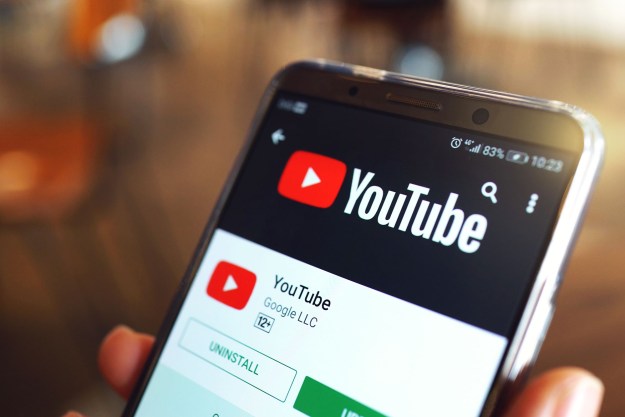In this fun video from YouTube personality, Tom Scott, he attempts to explain compression and bitrates in layman’s terms – with confetti – in this informative four-minute video. Now, it needs to be said that the technologies being discussed are incredibly simplified, in an effort to keep things short and moving along. Otherwise, it could have been hours long.
Scott demonstrates how an issue arises when there are a ton of moving objects in a frame, be it snow, leaves blowing in the wind, or confetti – too much data, not enough bits to send it all. This is why sometimes a video you are watching seem to degrade in quality while there is a lot of stuff happening in the frame, before going back to normal once the action calms down (not to be confused with YouTube or Netflix purposely changing your bitrate mid-stream to compensate for bandwidth).
To quickly summarize the video, Scott explains that in the days of analog signals (when early TV was broadcast over the air) video information coming from a camera was more or less transferred straight through the air and displayed on a TV. Now that video is primarily a digital format, everything has to be measured in ones and zeros, and there is only so much data that we have the capacity to send from a server to a user quickly enough to support video playback. This is where bitrate comes into the equation, in essence – how much data from the video is being sent from the server to the video player. The more bits there are, the more details that need to be processed, and compression is a method to keep data as small as possible, while maintaining quality that’s visually pleasing.
If you had to explain this to your grandparents, this might be you could describe it, although it’s far more technical. Be sure to have some confetti on hand.
It’s a wonder of technology that this all works, but we sure are glad someone figured this out. The Internet wouldn’t be the same without video streaming.
Editors' Recommendations
- Virgin Orbit video shows how it can compete with SpaceX
- How to try YouTube’s new video download feature for desktop
- Watch this FPV drone video open Stephen Colbert’s Late Show
- NASA 360-degree video puts you directly beneath its SLS ‘megarocket’
- Reports of the demise of iconic YouTube video may be exaggerated


